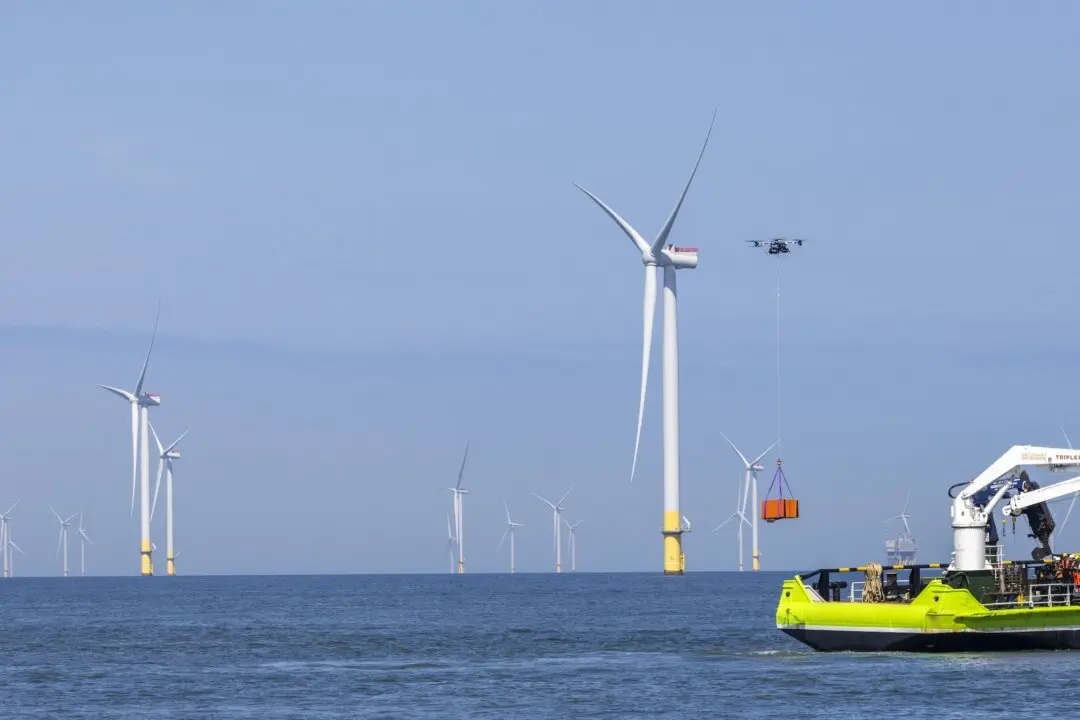Inflation running hotter for longer and further labor-market tightening will force the Federal Reserve to boost interest rates four times rather than three in 2022, according to a new Goldman Sachs forecast.
Jan Hatzius, chief economist at Goldman, wrote in a note on Jan. 9 that the investment bank is predicting a fourth 25-basis-point rate increase in December, up from an earlier projection of three. The move would put the target federal funds into a range between 1.0 and 0.25 percent by the end of the year. Currently, the benchmark interest rate sits between zero and 0.25 percent.





